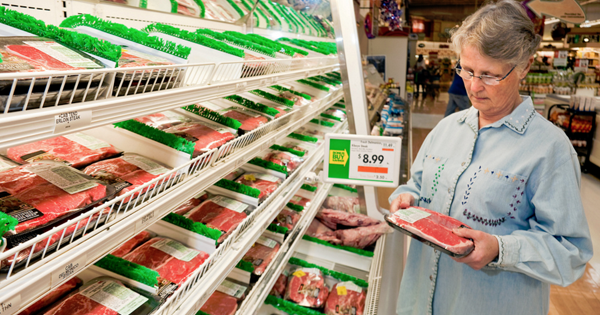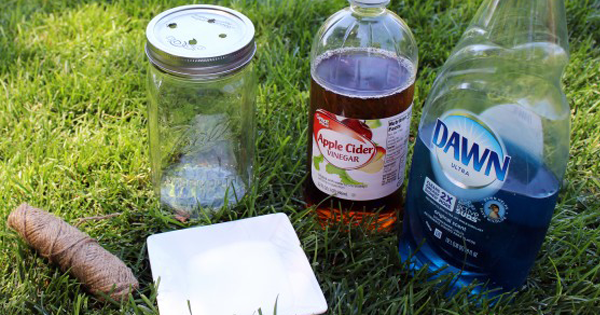Advertisement
When meat at the grocery story is deemed to be unsafe to eat due to some type of contamination, the FDA will usually call for a recall.
You hear on the news, throw out this meat if you bought it, and when you go back to the grocery store, you see that it’s gone from the shelves.
What do you think happens to that meat that’s no longer for sale?
We assumed it was just thrown away, but unfortunately, that’s not the case.
The government allows food manufacturers to put the meat into a “recycling” process.
The recycling process includes taking the meat and cooking it at high temperatures, which the USDA approves as an effective way to eliminate the pathogens that made the product contaminated to begin with.
Then, the meat is considered safe again for people to eat, and can be used in pet food, frozen foods, and even fast food.
The worst part about it all is that there is no required labeling by the FDA for you to know if the product you’re eating or feeding to your family has been made with the recycled meat.
There are no labeling requirements posed on companies who use the recycled food, and there is an entire market that exists for the sole purpose of recycling recalled meat.
There are no statistics that track how much recycled meet is sold to Americans every year, but the USDA told BuzzFeed that they are now in the process of collecting those numbers per their request.
“We don’t have a problem with this approach because it means that companies are at least testing, and if they find E. Coli then they are rendering the product fit for consumption,” said Christopher Waldrop, the director of the Food Police Institute at the Consumer Federation of America in an interview with BuzzFeed. “By cooking the product, the company is destroying the pathogens and preventing consumers from being exposed to contaminated product. That’s a good thing.”
Mike Callicrate of Ranch Food Direct told BuzzFeed that the process of killing of the contaminants once they’re found is a backwards process, and that it would be more useful to prevent their appearance in the first place.




